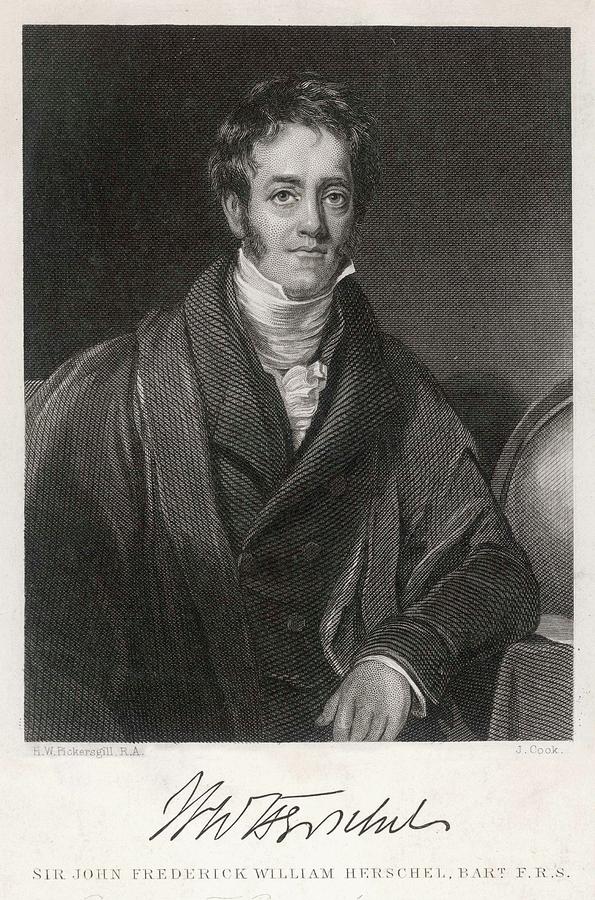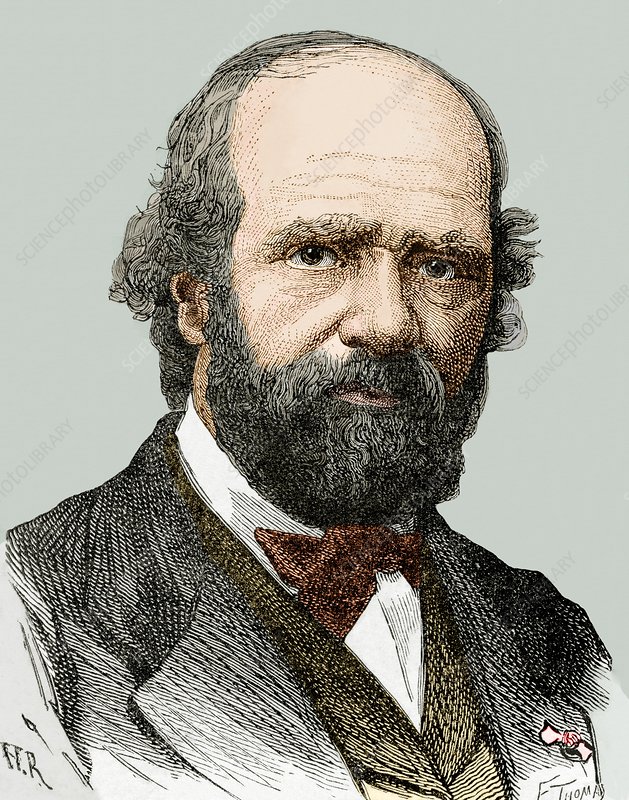Briefly, What is BIM?
To know the History of BIM, we must first know what is BIM.
“Building Information Modeling (BIM) is the holistic process of creating and managing information for a built asset. Based on an intelligent model and enabled by a cloud platform, BIM integrates structured, multi-disciplinary data to produce a digital representation of an asset across its lifecycle, from planning and design to construction and operations.” Autodesk.com
Is BIM really a new system?
We knew BIM as a concept in the early 70s until the early 2000s when the world started using it widely as an application of a system started to be used widely. BIM tools as we know them as computerized method of work was a result of long exerted efforts started by the hand-drawn drawings to have the engineering information in a holdable form.
How BIM evolved from random practices to an integrated system?
The Drawings
The engineers used the cyanotype printing process to produce copies of
drawings.
In 1842, Sir John Frederick Herschel invented blueprint.
The blueprint was the first kind of modern drawing.

BY 1890, thanks to Alphonse Louis Poitevin, a civil engineer, and a photographer, blueprint reached 10% of its cost with less time after discovering the light-sensitivity properties of bichromated gelatin.

After using diazo printing (blue-line process), the world started printing on white paper.
The Computer Era
The drawings lasted as the only way to share information in engineering until the computer era in 1961 when Dr. Patrick J. Hanratty (the cad father) developed DAC (Design Automated By Computer) in general motors laboratories, Which Was The First CAD System.
Unlike expected and although DAC system was useful, GM discarded this system when it upgraded its hardware.
Dr. Hanratty had this quote: “Never Generate Anything Closely Coupled To A Specific Architecture And Make Sure You Keep Things Open To Communicate With Other Systems Even Your Competitors”.
In 1971, Dr. Hanratty developed “Adam” for running on any computer. “Adam” became the model for many cad/cam programmers.

1963, Ivan Sutherland developed “Sketchpad” software. It became the first (Computer Aided Design) With A Graphical User Interface.
SketchPad represented a big leap in the computer graphics developement that it changed the Human-Computer interaction.
SketchPad allowed the ability to display and record shape information.

The concept of BIM and evolution of its applications
In 1975, Charles M. Eastman (The BIM Father) developed The BDS (Building Description system).

BDS Was One Of The First Developments To Successfully Utilize A Building Database.
BDS didn’t have the expected popularity then, and few companies used it.
In 1977, Eastman created GLID (Graphical Language For Interactive Design). GLID Was One Of The First Programs To Incorporate Most Of The Major Features Present In Today’s BIM Software.
In 1979, Autodesk released Autocad under the name Interact CAD.
1982, the first version of Autocad and in the same year Gabor Bajor started graphisoft archicad..
1986, AutoCAD became the most used cad software worldwide.
1993, Cas Berlin developed NURBS (Non-Uniform Rational Basis Spline) which was able to show simple and complex spline 3D surfaces by control points and In the same year, The Lawrence Berkeley National Lab developed BDA (Building Design Advisor) which provided the new analysis and visualization tools.
1997, Charles River Software the company which issued “Pro/ENGINEER” For Mechanical Design With The Intent Of Bringing The Power Of Parametric Modeling To The Building Industry.
1998, McNeel Created (Rhinoceros) Which is a Commercial 3D Computer Graphics Software.
2000, Leonid Raiz and Irwin Jungreis the founders of Charles River Software renamed it to Revit Technology Corporation then Autodesk purchased it 2002 for 133.00 Million USD, Since then Autodesk became a significant Key player in BIM technology platforms.
And the BIM applications continued the upgrade journey to fulfill the AEC industry needs till moment.
The BIM Authoroties.
1994, Autodesk and another 11 companies (AT&T; Archibus; Carrier Corporation; Hellmuth, Obata & Kassabaum (HOK); Honeywell; Jaros, Baum & Bolles (JB&B); Lawrence Berkeley Laboratory; Primavera Systems; Softdesk; Timberline Software Corp; and Tishman) established IAI (international Alliance For Interoperability).
1996, IAI (Industry Alliance For Interoperability) issued the first version of IFC (Industry Foundation Classes) files to support open bim.
2005, IAI name became Building Smart which became the issuer of IFC standards.
Building Smart has many chapters in many regions: Europe, Australia, Asia, and the Middle East.
Conclusion
BIM is the natural result of long prompt efforts and innovation of people and each one of those reached the farthest extent of his potential.
As we knew from the post, BIM is not new. The story started in the early 1840s and continued to these days.
For more articles please visit IBI Blog
